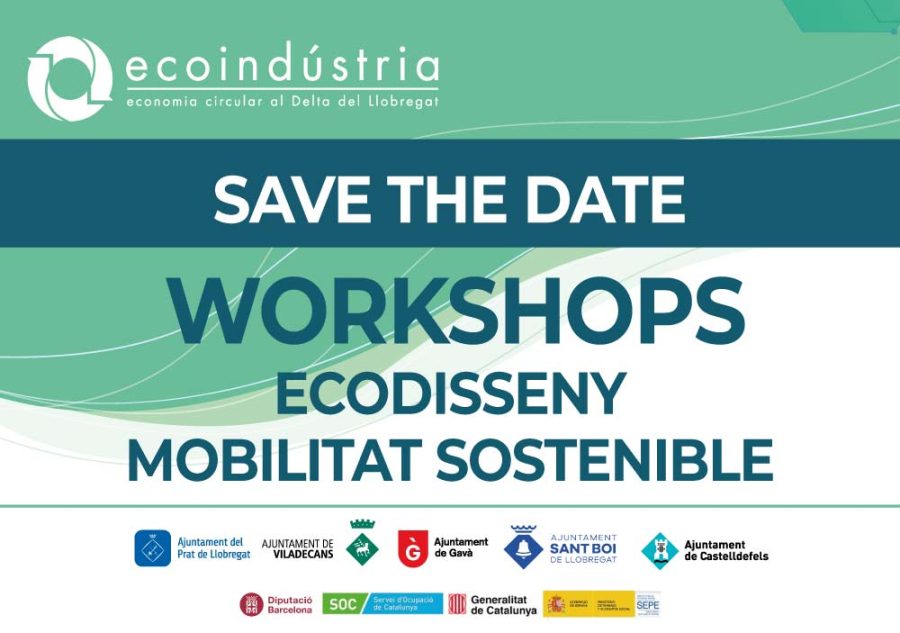Emissions from the tourism sector corresponding to transport will represent 5.3% of total anthropogenic CO2 emissions by 2030, a higher percentage than the 5% calculated in 2016, according to a new pioneering report prepared by the World Tourism Organization (WTO) and the International Transport Forum (ITF for its acronym in English). At the same time, as the number of tourists continues to increase and the sector makes progress in achieving low-emission travel, carbon emissions per passenger-kilometre are expected to decline over the next decade. In this context, the UNWTO calls for greater cooperation between the transport and tourism sectors so that the tourism activity is truly transformed and participates in climate action.
Presented at an official event during the United Nations Climate Summit (OP25) held in Madrid, the report "Transport Related CO2 Emissions of the Tourism Sector"
(the CO2 emissions of the tourism sector corresponding to transport presents the emissions produced by the different modes of tourist transport. Since both the number of international tourists and that of domestic tourists continues to increase, the expected growth is presented alongside these data of emissions by 2030 and compares with the current ambition of transport decarbonisation.
In the presentation of the report, the executive director of the UNWTO, Manuel Butler, stated: "This extensive study analyzes the environmental impact of the different modes of transport within the framework of tourism. It is now up to the tourism sector, and especially public tourism officials, to use the data efficiently and ensure that the sector plays a leading role in the plans to face the climate emergency".
Ovais Sarmad, deputy executive secretary of the United Nations Framework Convention on Climate Change (UNFCCC), emphasized the need to increase efforts in view of what we call a "highly ambitious scenario" "Although tourism 'mentioned in numerous contributions determined at the national level as a major concern, not enough has been done yet. The sector must do more, but governments must align their policies so that, at an international level, we can work collectively to raise ambition. The "One Planet" sustainable tourism program is a vital mechanism that is already underway and aims to promote sustainable tourism worldwide."
Among the conclusions of the study, the following stand out:
- In the current scenario of ambitions, CO2 emissions from the tourism sector corresponding to transport could increase, according to forecasts, from 1,597 million tonnes to 998,000 tonnes between 2016 and 2030, which represents an increase of 25%
- Over the same period, international and domestic arrivals are expected to rise from 20 billion to 37 billion, driven mainly by domestic tourism arrivals (which will rise from 18.8 billion to 35.6 billion), followed by international arrivals (which will increase from 1.2 billion to 1.8 billion.
- Emissions from the tourism sector corresponding to transport represent 5% of the total anthropogenic emissions in 2016 and will increase to constitute 5.3% in 2030.
- As a whole, emissions from the tourism sector corresponding to transport represented 22% of total transport emissions in 2016 and will remain practically the same in 2030 (21%).
MOVING TO A “HIGHLY AMBITIOUS SCENARIO”
CO2 emissions from the tourism sector corresponding to transport remain a major challenge and require that tourism and transport work together to reaffirm their commitment to accelerate the decarbonisation process and the execution of a highly ambitious scenario.
In addition, the tourism sector must determine its own scenario of high ambition, complementing the efforts of the transport sector. In this sense, tourism must advance so that this growth is significantly dissociated from emissions, in order to grow in compliance with international climate goals.







